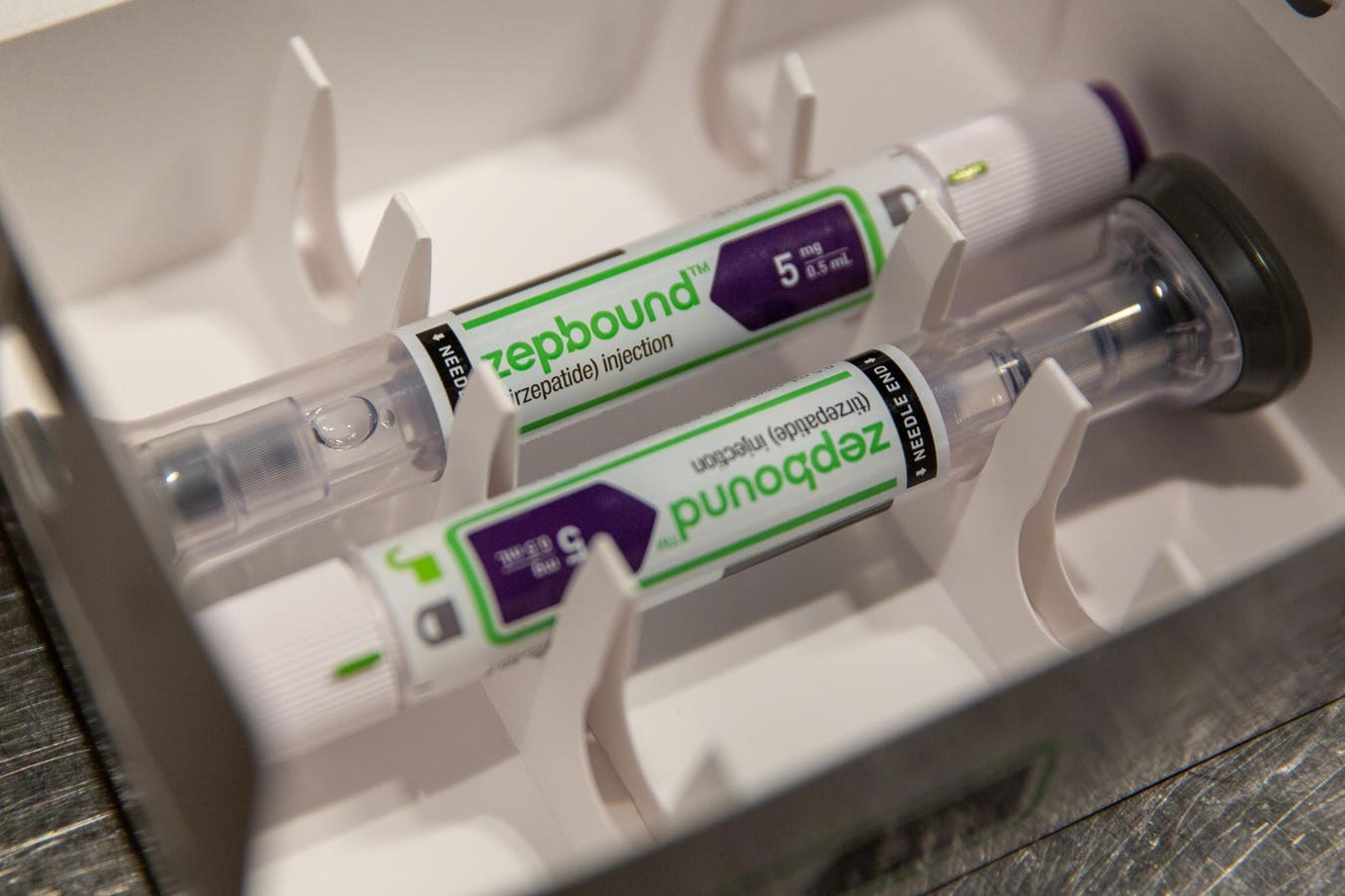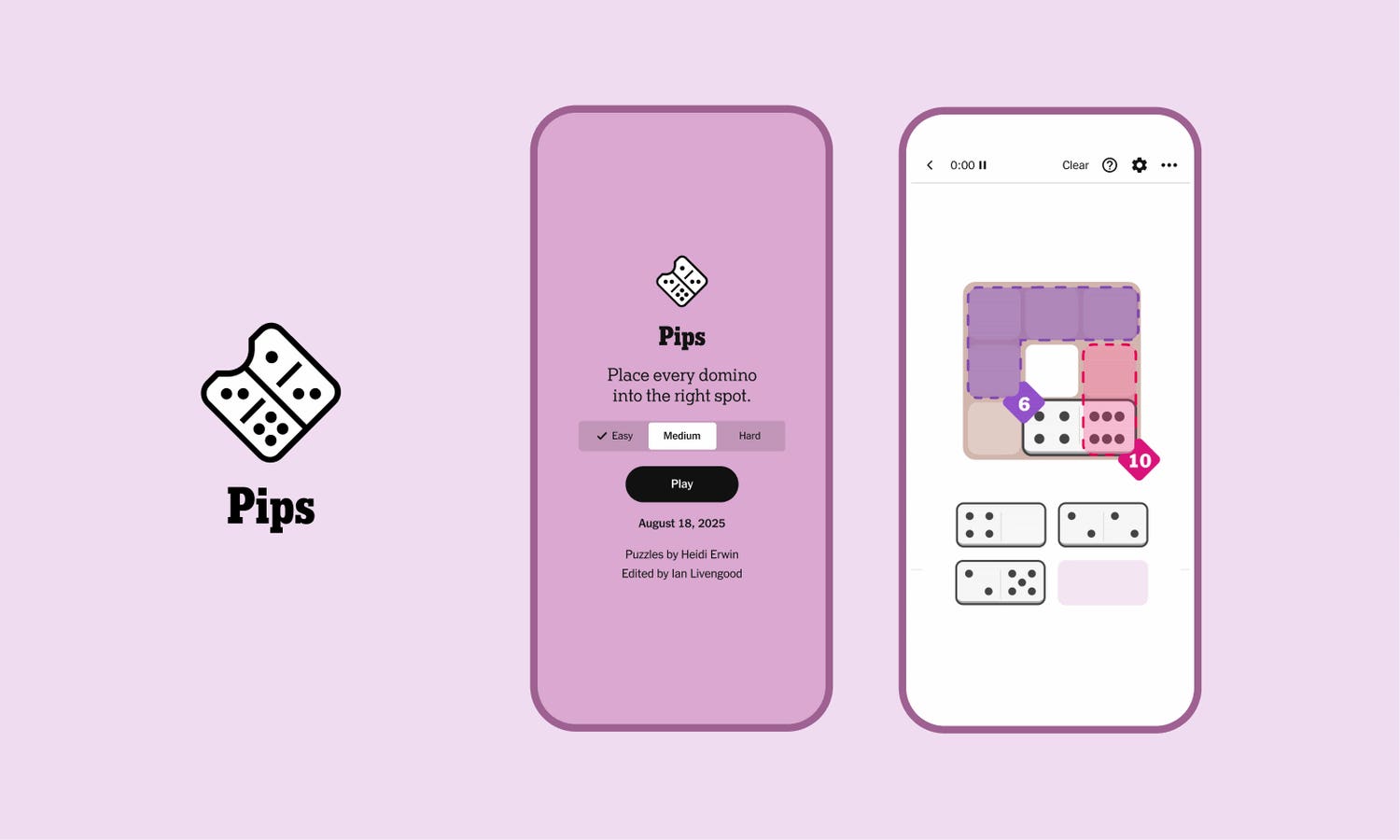Eli Lilly & Co. Zepbound injection pens arranged in a tray. Photographer: Shelby Knowles/Bloomberg
© 2024 Bloomberg Finance LP
Eli Lilly’s decision to sell its obesity drug Zepbound directly to patients for $499 per month—well below the $2,000 list price—signals how pricing innovation can bypass intermediaries, expand access and sharpen the industry’s focus on value.
Healthcare must move toward transparency and accountability in both cost and quality. Direct-to-consumer pricing shows how pharmaceutical companies can take initial steps in improving transparency. It could also lead to other changes that align payment with outcomes, setting the stage for system-wide reform. The significance of this move extends beyond one product or one company.
The structure of pharmaceutical pricing today leaves consumers disadvantaged. Patients often pay deductibles based on inflated list prices, not the lower negotiated rates that insurers enjoy. Medicare is often charged list prices, costs that ultimately fall to taxpayers.
In this environment of obscure, mediated pricing, patients are treated less like consumers and more like passive participants. They face rising costs without transparency or meaningful recourse.
Pricing innovations like direct-to-consumer arrangements begin to shift this balance. They give patients clearer information, more control and stronger incentives to weigh value in healthcare decisions. When consumers can see real prices and weigh them against outcomes, they move from passive recipients of treatment to more active decision-makers in their care.
For individuals and families, this means healthcare decisions can start to look more like other major purchases, where tradeoffs between quality, cost and convenience are visible and comparable. Buying a car or a new television often involves significant research and hard decisions about cost versus value.
Pharmaceutical manufacturers offering products DTC are creating a more transparent marketplace, one in which value for the consumer is at the center and the transaction is between the consumer and the manufacturer. In most insurance-based transactions to acquire a prescription drug, it is difficult at best for the consumer to understand how much is actually being spent on the drug and who is being paid for services rendered.
Lilly’s direct-to-consumer pricing for Zepbound is one example of a step towards a more transparent, consumer focused exchange. By offering a more affordable price directly to patients, Lilly bypassed pharmacy benefit managers and insurers whose opaque practices have long driven costs higher. At $499 per month, the product became accessible to patients otherwise priced out, while also establishing a clearer connection between cost and value.
DTC sales will not replace insurance, especially for hospital or emergency care, but it can serve as a model for situations where consumers are willing and able to pay out of pocket. This approach has the potential to strengthen the bond between manufacturers and patients, creating accountability on both sides. Manufacturers must demonstrate that their pricing reflects real value, while patients become more engaged decision-makers.
When paired with comparative outcomes data, such as Lilly’s demonstration of efficacy versus competitors, DTC models can introduce real competition into a sector often shielded from consumer market dynamics. This is not a marginal change. It signals that companies willing to embrace transparency can both differentiate themselves and pressure competitors to rethink business-as-usual pricing practices.
This has significant implications for healthcare delivery. Pharmaceuticals may be the leading edge of the shift towards price transparency and a stronger relationship between manufacturers and the patient-consumer.
But the broader healthcare system faces the same challenge: aligning payment with outcomes and carving a more active role for patients in their own care. As I have argued repeatedly, a new business model based on outcomes and transparency in both cost and quality is the prerequisite for patients to act as informed consumers, and for value delivered and the efficient allocation of resources to become front and center.
Healthcare is at a crossroads. Pricing innovations in pharmaceuticals demonstrate that patients can be treated as real consumers, with clearer information, more choices and stronger incentives for accountability.
But the lesson cannot stop there. Every part of healthcare, from drug manufacturers to hospitals, must commit to transparency and outcomes that matter. Patients should not shoulder disproportionate costs in a system that too often rewards inefficiency and obscures financial gain at the patient’s expense.
If stakeholders embrace direct-to-consumer approaches as a building block for broader reform, the U.S. can move toward a competitive marketplace that safeguards innovation while delivering better care at lower total cost. The real opportunity lies in using these early steps as a blueprint for transformation, one in which accountability, transparency and outcomes define success across the entire system.









